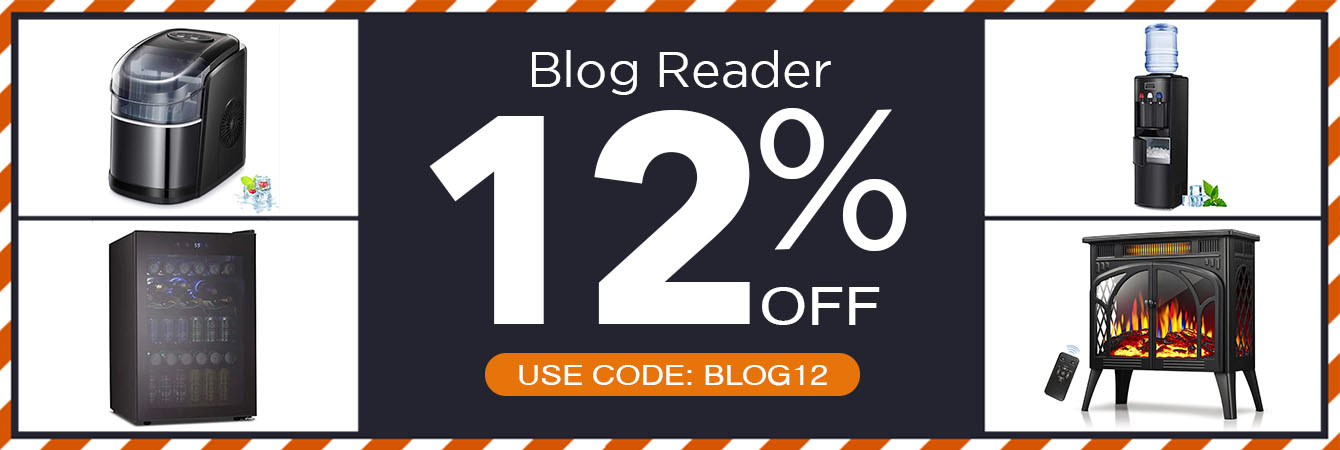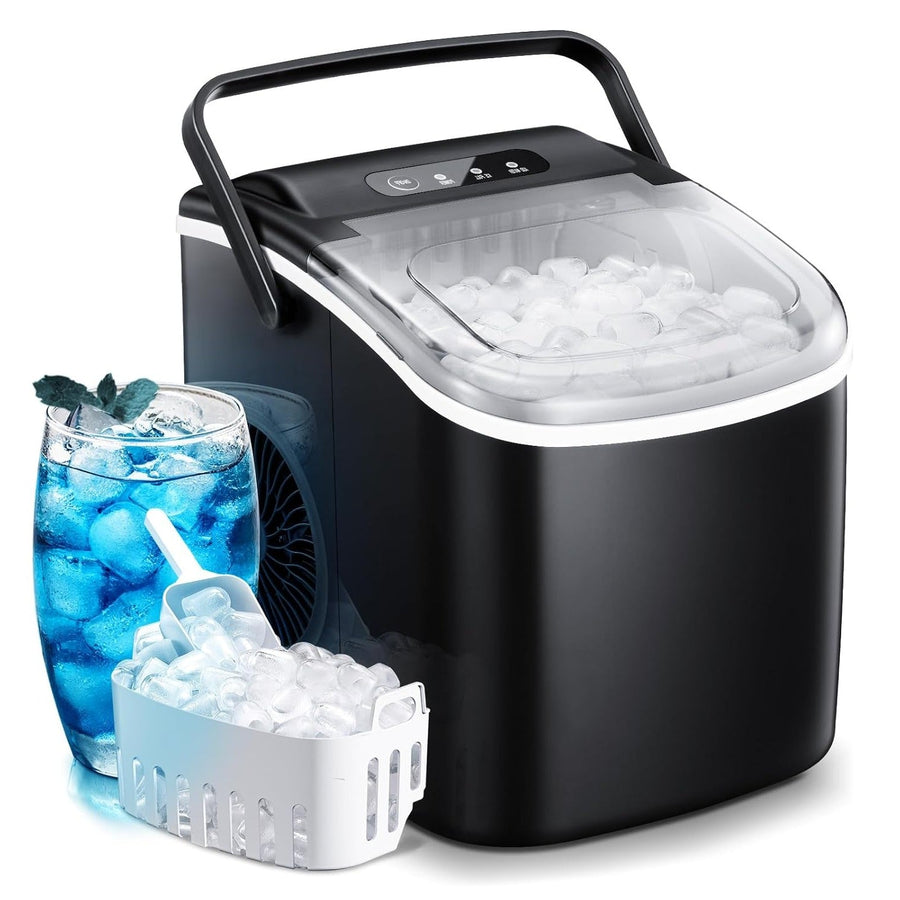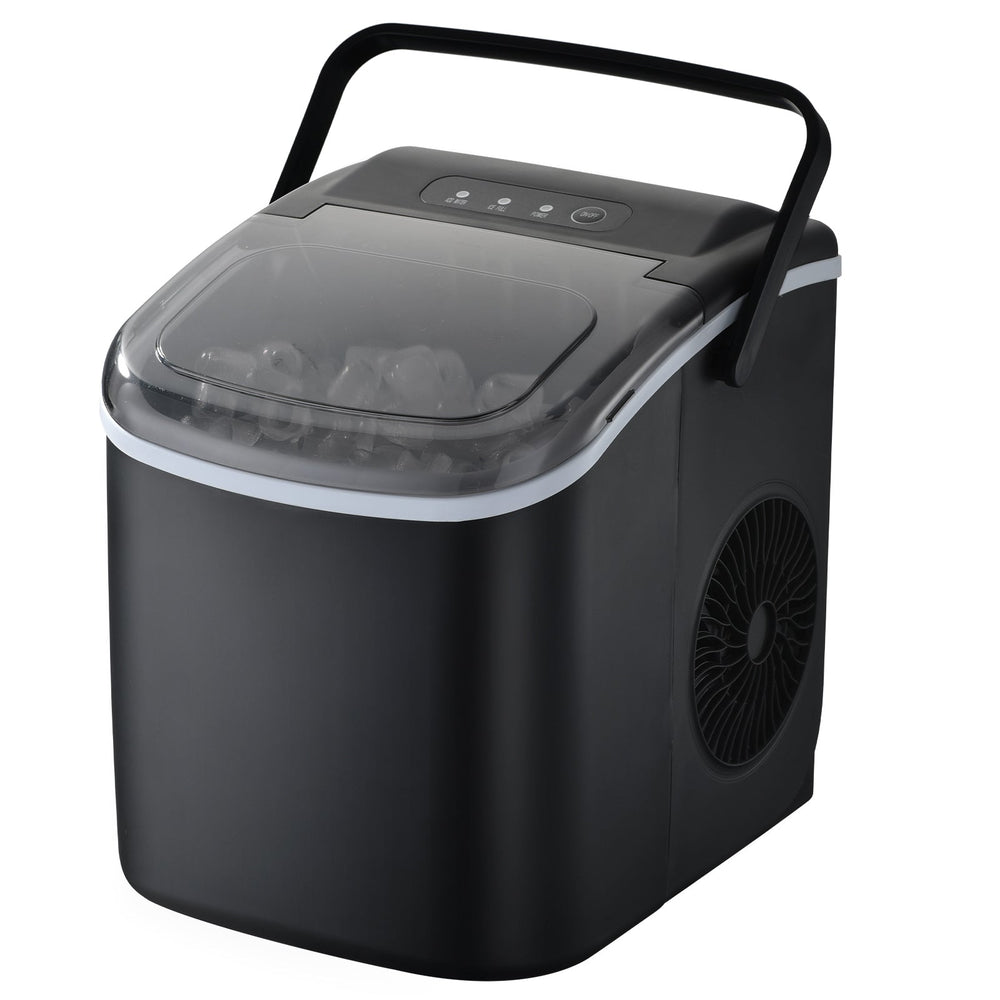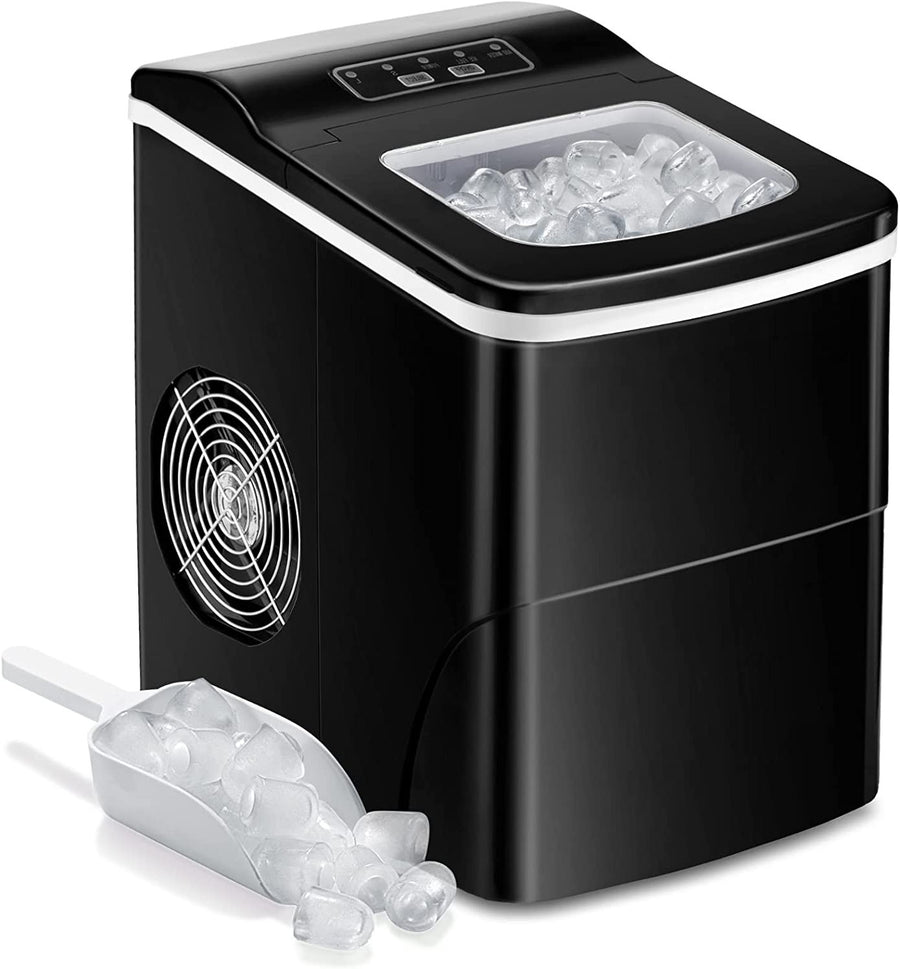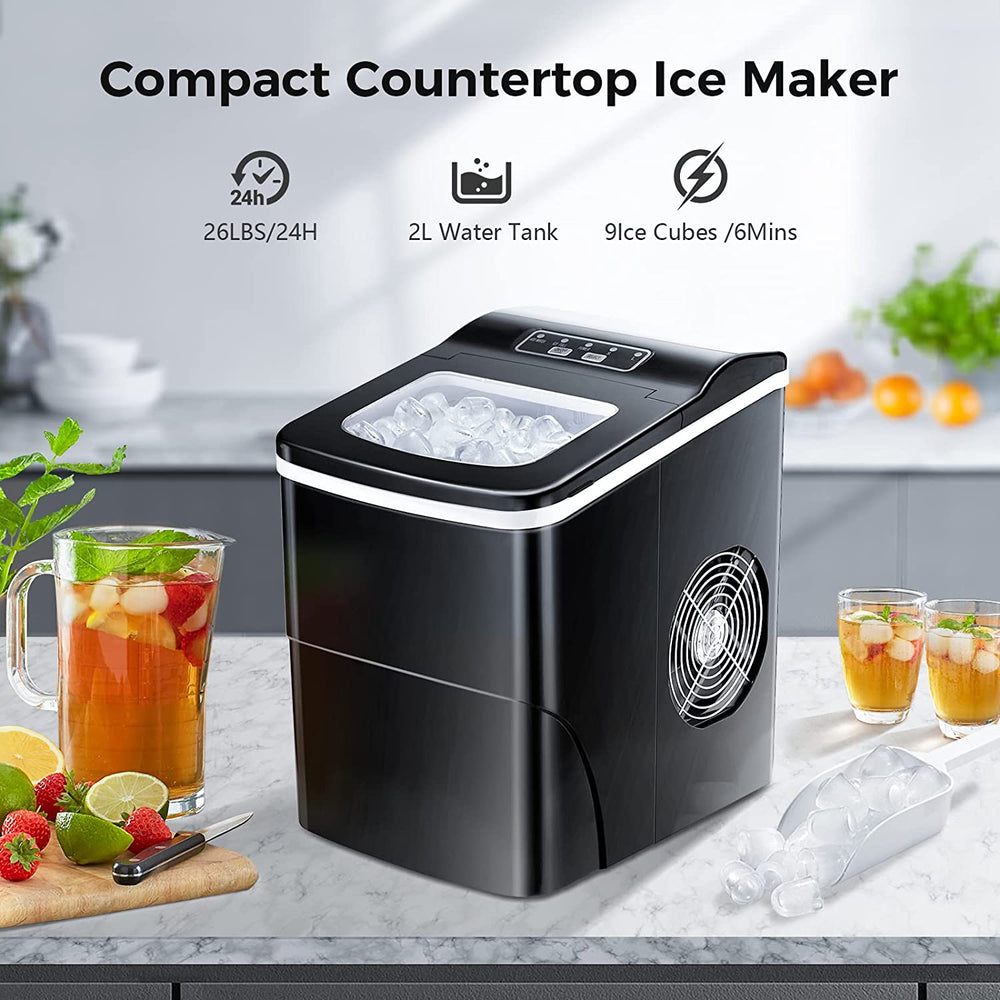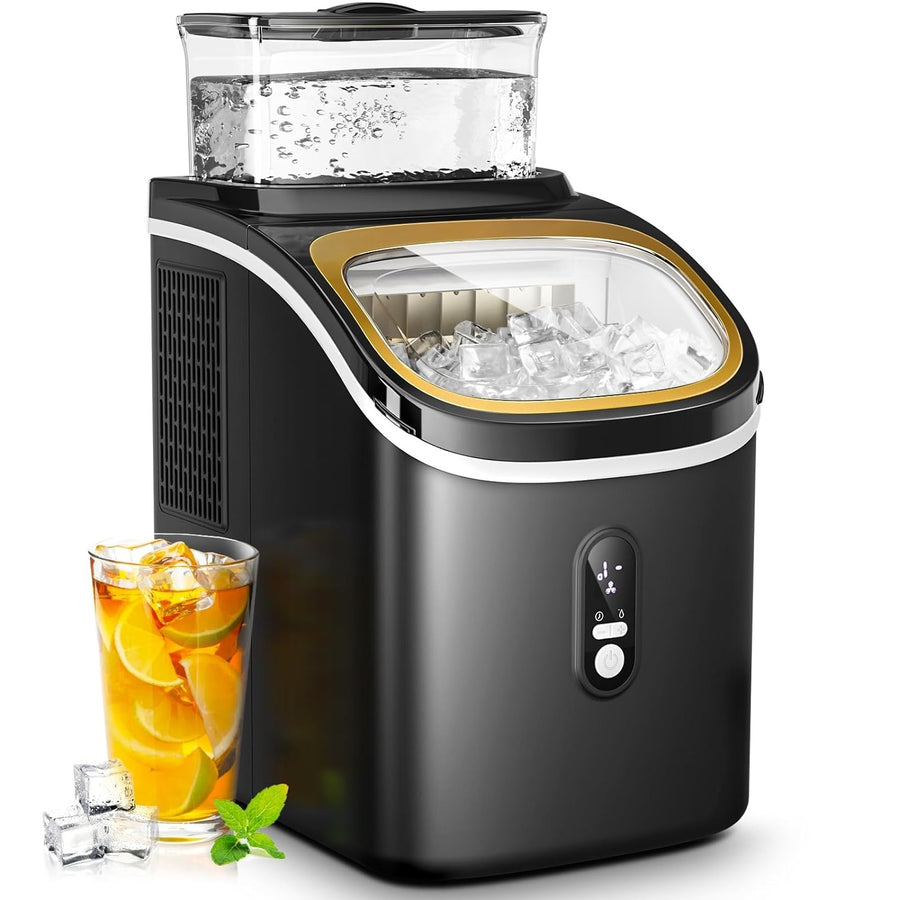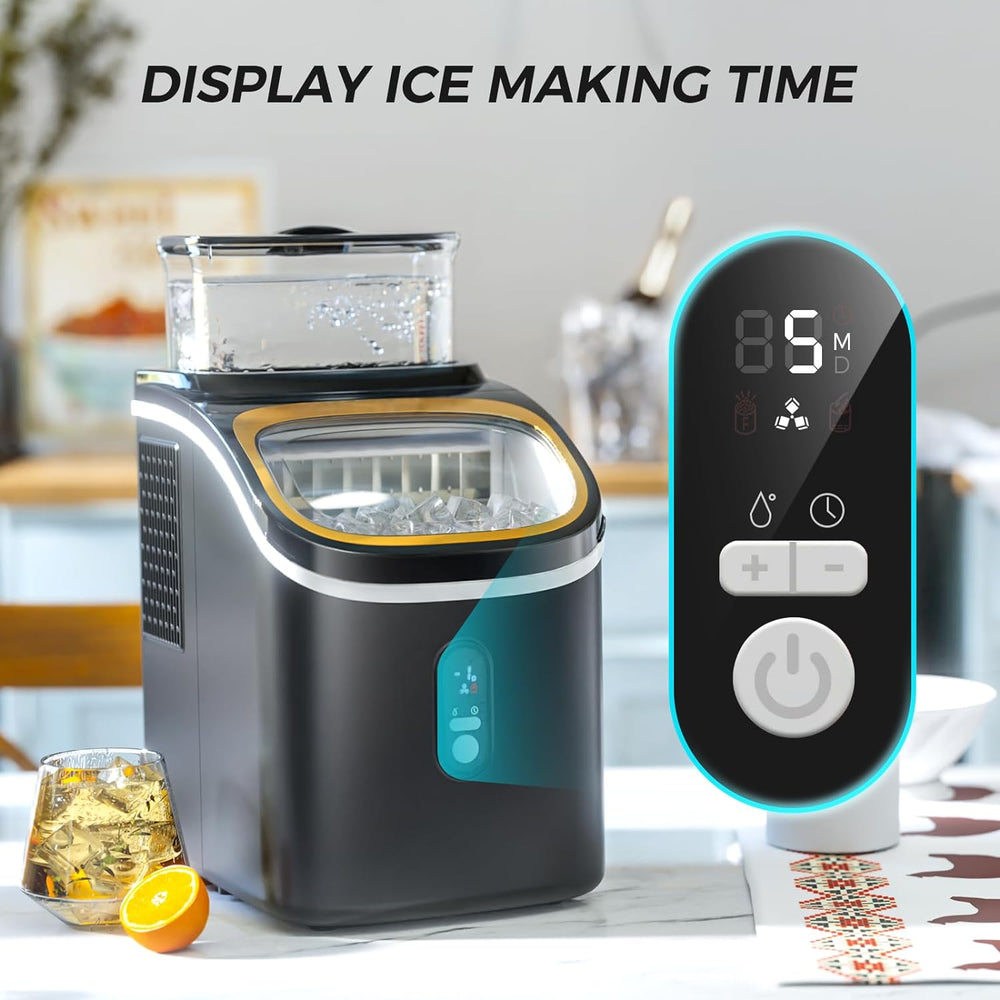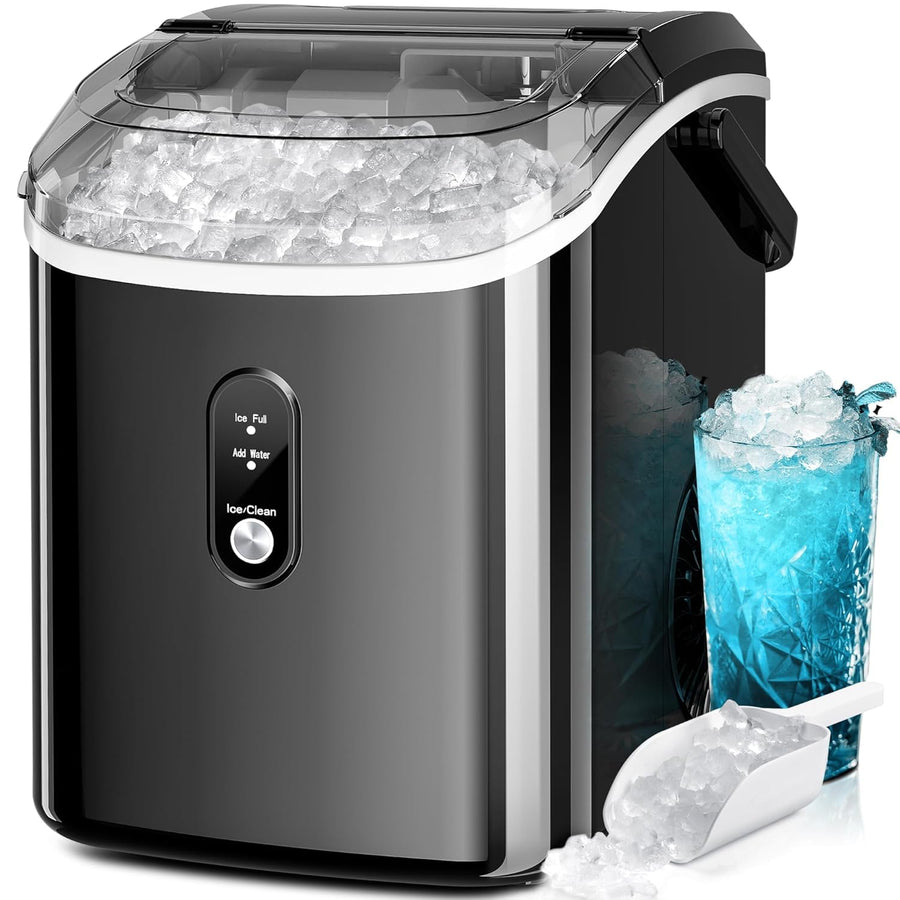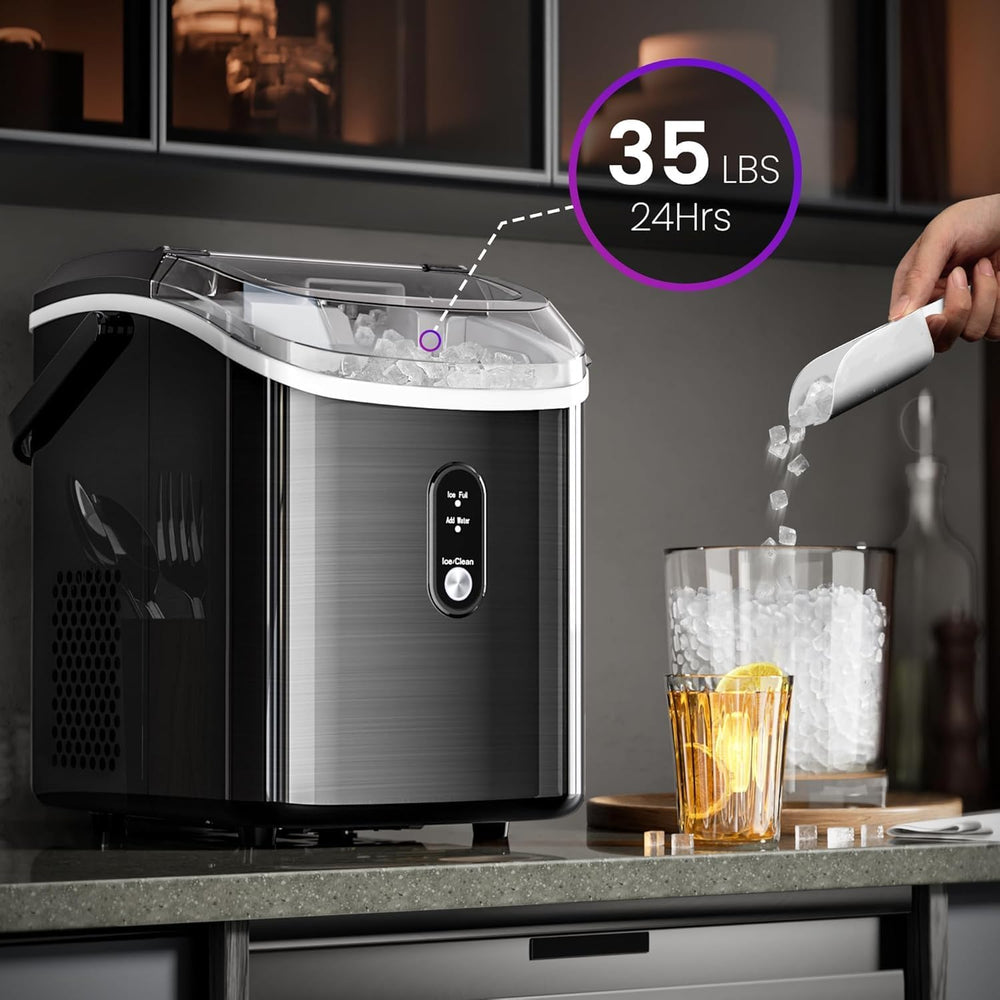Why Is My Portable Ice Maker Not Working & How To Fix?
A portable ice maker is a small device that makes ice by freezing water directly from its water tank. It is designed with different parts and systems that work together to form ice. All the components must be working correctly for the appliance to operate effectively. If not, the ice maker will produce poor ice or not function. In this article, we will look at why your portable ice maker is not working.
Common Issues with Portable Ice Makers
Problems in any of the mechanical systems of the portable ice maker can lead to poor performance or total failure. If your portable ice maker is not working, here are possible causes.
1. Ice Maker Not Turning On
A unit that won’t turn on is a common issue among portable ice maker users. A portable ice maker will refuse to turn on if.
- It is not plugged in correctly.
- If the power outlet does not have the correct voltage
- Connected to a broken circuit breaker.
- If its power cord is faulty
2. No Water Entering the Ice Maker
Water must be moved from the reservoir to the coolant for a portable maker to make ice. The unit will, therefore, not function if there is no water transfer.

So, if your ice maker is not producing ice, check if water enters the coolant. Water transfer in ice makers mostly fails because the water pump needs to be fixed.
3. Low Ice Production
Low ice production is another common portable ice maker issue. An ice maker makes little ice if there is a water leak in the reservoir, hose pipe, or freeze tray.
If the water tank leaks, there will be little or no water flow to the freeze tray.
If the water reservoir is not leaking and the water pump works properly. But no water reaches the freeze tray. Probably the hose from the reservoir is leaking or blocked.
Suppose the reservoir and pump system is working properly, but there is low ice production. There is a leak in the coolant. Confirm if there is an oily liquid leaking from your ice maker.
4. Ice Not Ejecting Properly
Some ice makers do not eject ice properly after some time of usage. The ejection challenge arises with an ice buildup in the ice tray. So, if your ice maker is not ejecting ice, check for grime on the tray surface. The grime and dirt cause the ice to stick and jam.
5. Ice Melting Too Quickly
Ice melting too quickly is another common issue of portable ice makers. If your ice melts too fast, there could be warm air entering the appliance and causing the ice to melt.
The good news is that the melted ice water is not wasted. It is channeled back to the reservoir to make more ice. Collect the ice immediately and store them in the freezer.
Troubleshooting Steps for Portable Ice Makers
Here is how to diagnose the portable ice maker issues above and how to solve them:

1. Check the Power Supply
Suppose your portable ice maker is not turning on. Check that it is plugged in correctly and that the power outlet has the correct power voltage supply. Also, ensure that the circuit breaker is working correctly.
If the issue persists, contact a qualified electrician for professional repair. They will check for any damages to the cord and outlet.
2. Ensure Proper Water Flow
A portable ice maker will only function properly if water flows to the cooling system. Therefore, confirm no leakages from the tank, hose, and coolant. If you identify a leak in any of these parts, contact a qualified technician for repair.
If the poor water supply results from a clog on the hose, you can remove it alone. Fill the tank with water with a clogging solution and run a cycle. The water will unclog the dirt, causing blockages in the hose. Remember to discard the ice formed during the unclogging cycles.
3. Clean the Ice Maker
Grime on the hose and coolant cause low ice production. Cleaning the ice maker is the only solution to this issue. Follow the steps below to clean your portable ice maker:
Items needed: Vinegar or cleaning solution, soft cloth, toothbrush, and water spray bottle.
- Turn off the appliance and unplug it from the power outlet for safety.
- Drain water from the reservoir. Check for a water stopper or plug at the back, bottom, or sides, depending on the brand and model. Remove the stopper and drain the water in a sink or bucket.
- Make a cleaning solution by mixing water and vinegar or water and cleaning solution. Pour the solution into the ice maker reservoir.
- Plug it back and run an ice-making cycle. To ensure that the cleaning solution reaches all parts of the appliance, run at least 3 cycles. Discard the formed ice.
- As the cycles run, scrub the storage basket with a soft cloth.
- Once you are satisfied with the cycles, unplug the ice maker and drain the cleaning solution. After which, scrub the internal parts of the unit with a soft cloth. Use a toothbrush to reach grime in hard-to-reach parts.
- Add filtered water with vinegar in the reservoir and run cycles to rinse your ice maker. After three or so cycles, unplug and drain the solution. After which, dry all parts of the unit with a dry clean cloth.
- Run one throw-away cycle to ensure no bad smells or cloth strings are stuck inside the machine.
Save yourself from tedious cleaning by purchasing ice makers with a self-cleaning function.

4. Adjust the Ice Making Cycle
If your portable ice maker is not fast enough, adjust the ice-making cycle by lowering the freezing temperature. With lower temperatures, the water flowing to the coolant freezes faster. This, in turn, prompts the metal coolant bras to warm up more quickly to release the formed ice into the storage bucket.
5. Reset the Ice Maker
Resetting most appliances magically causes them to work, which is true with a portable ice maker. Unplug your portable ice maker and let it rest for about ten seconds to reset. Plug it back in and press the turn-on button.
Some portable ice makers come with a reset button, so locate it and follow the reset instructions in the user manual.
6. Inspect and Replace Faulty Parts
All the parts must work appropriately for a portable ice maker to function. It might indicate that some parts are faulty if it is not working. Thus, inspect all the crucial parts and replace the faulty ones for proper function. If you are not an electrician, this step might be impossible. Therefore take it to a qualified technician for diagnosis.
Additional Tips for Maintaining Portable Ice Makers
The following tips will help you maintain your portable ice maker so that it serves you longer:
1. Regularly Clean and Descale the Ice Maker
Depending on the frequency of usage, clean and descale your portable ice maker every 1-2 months. Remember that ice is food, so you want it formed by a clean appliance. Also, frequent cleaning reduces the chances of clogging and resulting issues.
2. Use Filtered Water
Using filtered water in your portable ice maker is essential so that the formed ice tastes good. Also, the mineral and scale from unfiltered water accumulate inside the machine altering its function. The buildup also makes cleaning the unit a hard task. Without proper cleaning, the accumulation damages your ice maker.
3. Keep the Ice Maker in a Cool and Dry Place
Portable ice makers perform optimally in cool and dry environments. At high temperatures, warm air from the surrounding enters the appliance. Or the temperatures of the water in the tank rise. This causes the ice maker to work harder to make ice or make no ice at all.
4. Check the Ice Level and Remove Ice Regularly
It is crucial to check the ice level and clear the storage regularly to avoid accumulation. The ice melts if not routinely removed. But also, it might lead to the formation of grime, which makes it hard for the machine to function properly.
5. When to Seek Professional Help
It is crucial to maintain your ice maker using DIY. But it is wise to know when to seek professional help. For instance, leave all electrical-related matters to qualified technicians if you are not one. A simple mistake on the wires could cause unresolvable damages.
6. Safety Precautions
A portable ice maker should be handled safely because it is an electrical appliance. Check the user manual for all the safety precautions from the manufacturer and stick to them. Observing the safety precautions keeps you safe and protects the ice maker from related damages.

7. Warning Signs of More Serious Issues
Beware of warning signs on the portable monitor due to serious internal issues. Such warning signs are also indicated in the user manual. Therefore, take time to go through the user manual. Also, keep it safe for future reference if need be.
8. Importance of Professional Repairs
Professional repairs are important for your ice maker because the technician digs deeper into the root cause. Also, they will tell you when to let go of an old appliance. Sometimes getting an upgraded model is cheaper than spending money repairing a faulty one.




